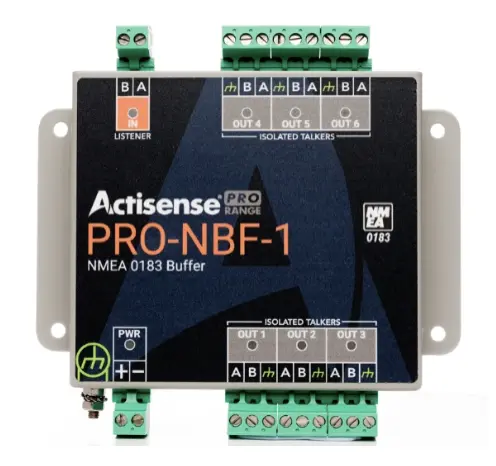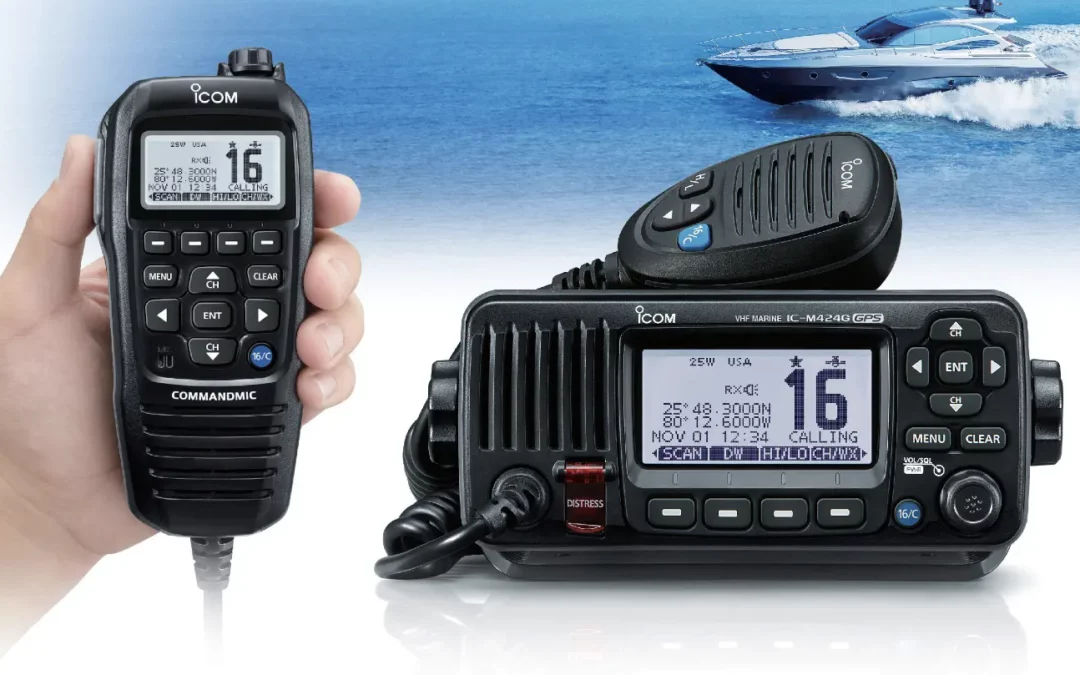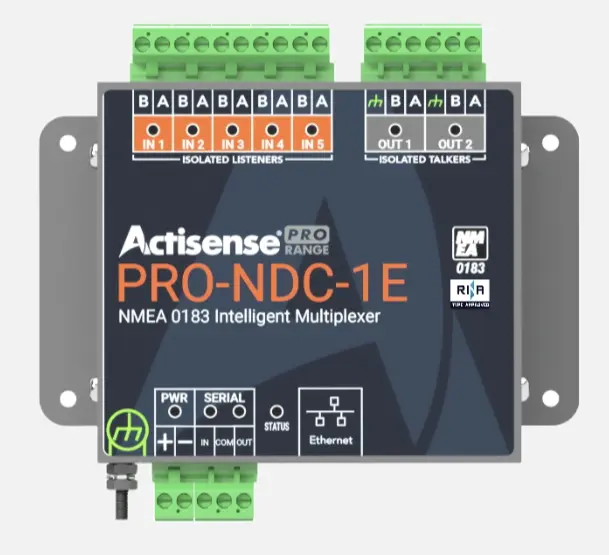Amateur radio has been a popular niche hobby for decades, with ham radio and Single Sideband (SSB) radio being two of the most popular equipment types. Many hobbyists use amateur radio as two-way communication for personal use or during emergency and disaster relief situations.
If you wish to start using amateur radio in India, you will need to get two things: an amateur radio licence from the Wireless Planning & Coordination Wing (WPC) under the Ministry of Communications, and your own amateur radio equipment.
Here are some of the basic features of amateur radio equipment you need to know:
What is the difference between ham radio and SSB radio?
Ham radio equipment like the ICOM IC-705 has the widest frequency range (1.8-1300 MHz) with estimated base ranges of over 80 km and handheld ranges of 32 km. This makes it useful for long-distance communication as well as in disaster situations such as searching for lost hikers in the wilderness.
Radio communications make use of AM transmissions, which have two frequency types: Lower Sideband (LSB) frequencies below 27.185 MHz, and Upper Sideband (USB) frequencies above 27.185 MHz.
Single sideband (SSB) radio kits like the ICOM IC-M710 use – as their name suggests – just one of the AM sidebands available. This results in less bandwidth usage and allows the user to access a wider range of frequencies within that band without interference. However users are still limited within their selected sideband. Ham and SSB radio equipment may also overlap in terms of frequencies accessed.
As SSB operates on a narrower bandwidth the sound quality of the call will be a little weaker compared to ham radio – however SSB is still a viable option for basic amateur radio communications.
While ham radio frequencies can typically be tuned with a knob, marine SSB kits in particular may have certain preset channels they can be easily tuned to. This makes them more user-friendly for usage out at sea especially as users also do not necessarily need an official license to operate SSB radios.
Overall both ham and SSB radio have their benefits and disadvantages depending on the use case. Ham radio is the more flexible option for amateur radio communication, but SSB radio can still be useful in work or commercial settings where basic communication needs to be assured.
Using SSB radio
1. Connect radio and antenna
Attach and adjust your antenna to access the proper SSB radio signal.
2. Adjust “Squelch”
The “Squelch” knob on an SSB radio helps determine how strong a signal needs to be before you can clearly receive it and is the most crucial SSB radio control. The higher the Squelch, the stronger a signal needs to be before you receive it.
3. Set appropriate frequency
Set the frequency to channel 19 for SSB communications and adjust accordingly until the signal is at its lowest pitch.
4. Adjust volume
Adjust the volume accordingly to prevent shouting. The universal way to get started is to push the transmitter button, say ‘Break’, and then wait a minute or two before entering the conversation.
Using Ham Radio
1. Set Receive Frequency and Transmit Offset
The Receive Frequency and Transmit Offset settings help you find new stations in your area and ensure you hear what’s being transmitted (without additional background noise). You can also use the Variable Frequency Oscillator (VFO) and Memory Modes to choose which channel to listen to and what information is transmitted.
2. Adjust subaudibe tones
Subaudible tones include clicks, beeps, or other sounds when someone is transmitting information through Morse code. You can toggle this setting on or off depending on what you need or want to hear.
3. Toggle background noise
The Digital Squelch System (DSC) prevents noise from interfering with your ability to hear transmissions clearly on your radio system. Turn it off or on as needed.
4. Communicate
Press the Push To Talk (PTT) button when talking into the microphone to begin speaking into the transmitter and sending your voice through airwaves as radio waves. Release the PTT button when finished speaking so others can talk. Common ham radio etiquette is to wait until another speaker finishes what they have to say before speaking.
Get Reliable Amateur Radio Equipment at Tecomart
Since 1994, Tecomart has been providing reliable amateur radio equipment, marine navigation equipment, and marine communication equipment to clients across the globe. Our range of amateur radio equipment ranges from handheld transceivers to SSB radio kits to amateur ham radio accessories.
Contact us for more information or visit our FAQs to learn more about our products and delivery services.







0 Comments